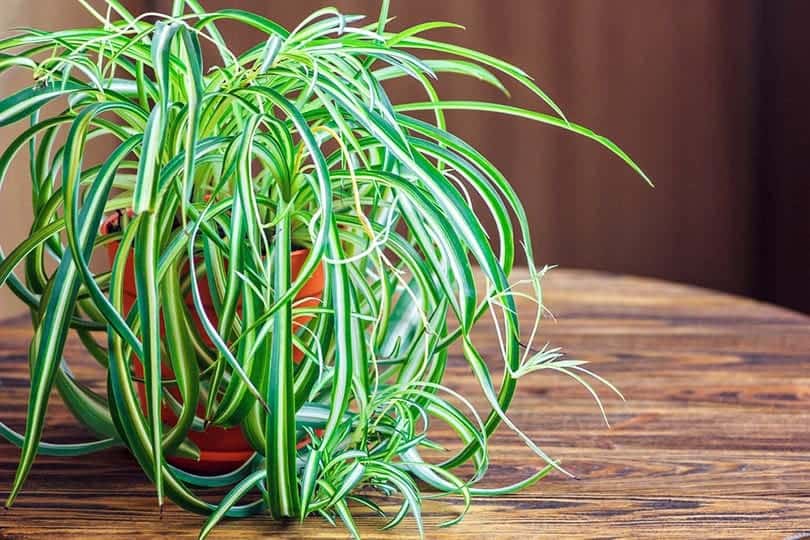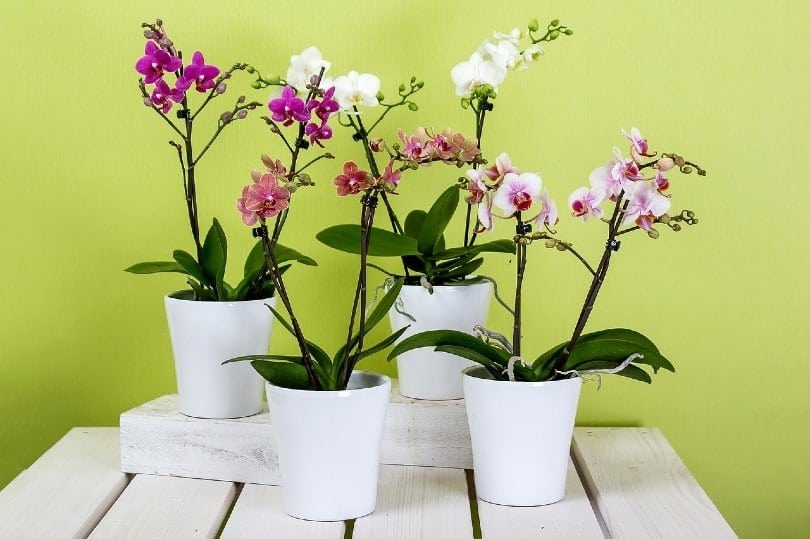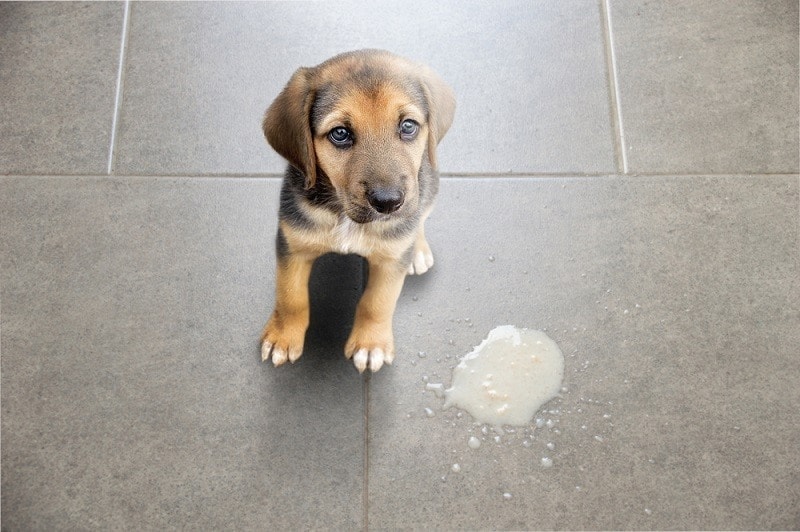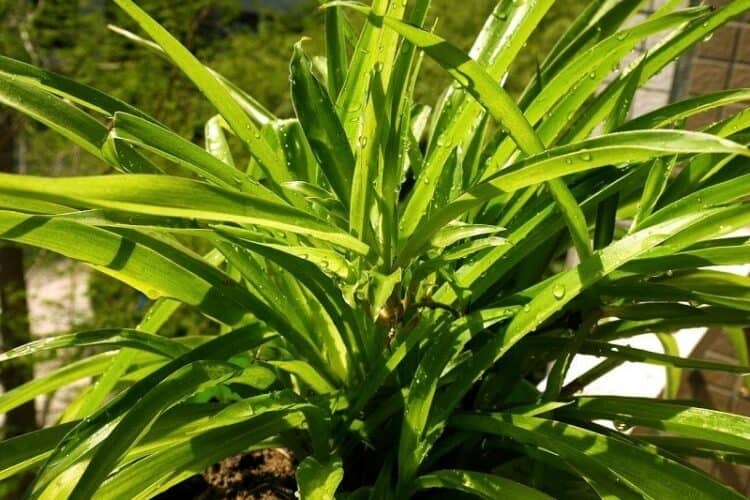Houseplants and pets are good for your health, but they can’t always co-exist. Thankfully, the spider plant, or ribbon plant as they’re commonly called, is non-toxic to pets and safe to grow in your house. Here are some more questions about your dog eating a spider plant, as well as more houseplant ideas for your dog-friendly home—along with some to avoid.
Will It Hurt My Dog to Eat a Spider Plant?
Spider plants are considered non-toxic to pets, but that doesn’t mean your dog will benefit from munching on it. You should always discourage your pets from chewing on plants unless they’re proven to be safe and helpful (such as catnip for cats).
Like other non-toxic houseplants, the spider plant isn’t poisonous to your dog, but they might develop indigestion depending on how much they eat. If they devour an entire plant, you might want to take them to the vet just to be safe. Some symptoms that might arise from eating too much of a spider plant include:
- Vomiting
- Diarrhea
While the spider plant probably won’t kill your dog, keep in mind that your dog could kill it through digging or urinating on it. If you decide to grow plants in your house, try to keep them out of your dog’s reach regardless of whether they’re poisonous or not in order to limit messes and damage to the plant.

4 Houseplants You and Your Dog Can Live With
Houseplants, especially the spider plant, have been proven to cleanse the air in our homes. Better air quality benefits you and your dog, so if you live in a stuffy house, consider adding an indoor plant. In addition to the spider plant, here are four popular houseplants that are non-toxic to pets:
Succulents (mostly)
These plants are known for being low-maintenance and green year-round in hot or moderate climates, making them an apartment favorite. Most dogs won’t bother succulents since they tend to be prickly, but the good news is most of these plants aren’t poisonous if Fido gets a little too brave. There are a few exceptions, though, including the Aloe Vera plant. While this succulent is used medicinally in humans, it contains a toxin that’s potentially fatal in cats and dogs.
Ferns
These bushy, popular plants are non-toxic to your pets, but you still don’t want them to eat large portions because it might upset their tummy.
Bamboo
You can add an oriental twist to your home décor with a bamboo plant. Not only will your dog be fine if they eat some, bamboo might actually have some health benefits.
Orchids
These tall, slender flowers come in many colors and blend well in minimalist-style homes. Orchids are non-toxic to dogs, making them a good alternative to other flowered house plants such as deadly lilies.

Three Common Houseplants That Are Toxic to Dog
Unfortunately, there are probably more toxic than non-toxic houseplants to dogs and cats. See the website for the ASPCA for a more extensive list, but here are a few popular houseplants you should avoid.
Peace Lily
Like other varieties of lilies, this houseplant is toxic to pets. The insoluble calcium oxalates are responsible for the poisoning. Symptoms include oral irritation, intense burning and irritation of mouth, tongue and lips, excessive drooling, vomiting, and difficulty swallowing.
Snake Plant
These popular, vertical plants are extremely dangerous to your pet. Snake plant poisoning symptoms include nausea, vomiting, and diarrhea.
Sago Palm
This cute miniature palm tree grows indoors and outdoors in sub-tropical climates, but it’s hazardous to your pet. Poisoning symptoms include severe vomiting, diarrhea and abdominal pain, as well as stumbling, tremors, seizures and temperature-regulation issues.

What to Do If Your Dog Eats a Poisonous Plant
If you suspect your dog has swallowed any part of a potentially poisonous plant, call your vet immediately. If they aren’t open, reach out to the Pet Poison Hotline at (855)764-7661 or the ASPCA Animal Poison Control Center at (888) 426-4435.
Conclusion
While houseplants help to cleanse the air, make sure you choose one that’s non-toxic to pets. The spider plant is an excellent choice that can cut down on pollutants in the air and won’t hurt your dog.
Featured Image Credit: Pixabay
















